Planting a garden may just be the most exciting part of the growing process. Whether it is your first time or your twenty-fifth season, the anticipation of fresh spring greens emerging in your backyard never gets old. As you browse through plant catalogs and uncountable wonders of seed suppliers making your necessary heirloom seed purchases, you may begin to feel overwhelmed. Where and how do you get started collecting garden seeds as you embrace a self-reliant life?
Choosing Garden Seeds
Of course, before you can save your first round of seeds, you’ll have to grow some plants. One way to get started is to purchase garden seeds from the store. They often come in paper or plastic packages and are suitable for smaller gardens. Always read the labels and be aware that some seeds may be treated with fungicides, and others may be hybrids that will not produce seeds but you can save for future use.
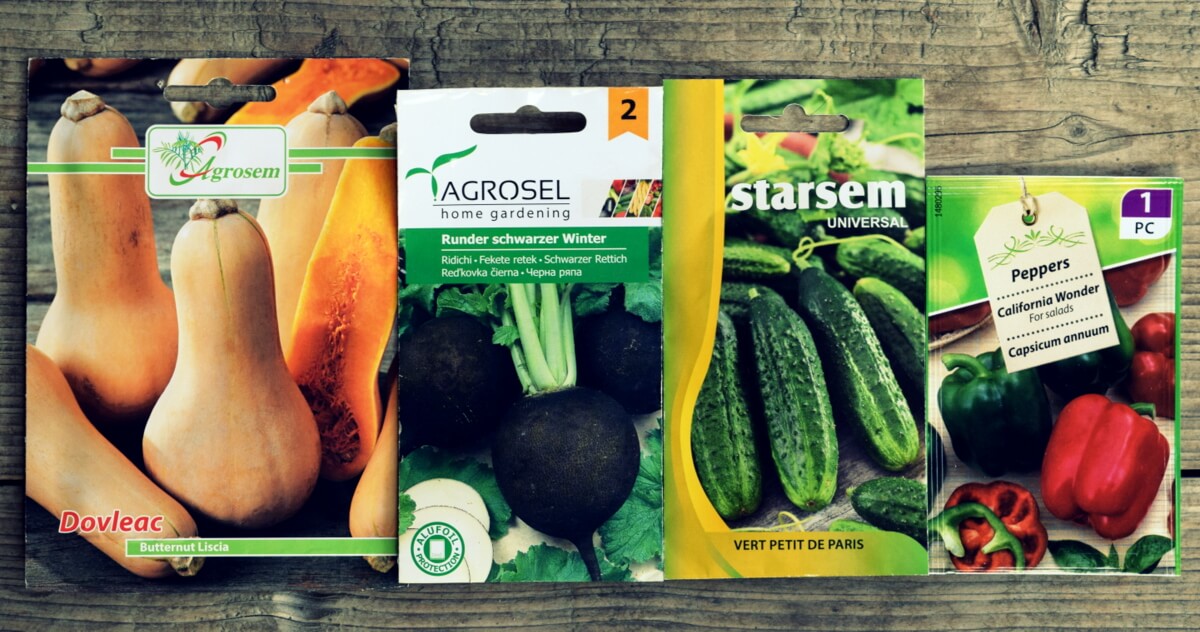
Hybrid plants are created by crossbreeding specific parent plants and as a result, their offspring are often sterile. Although the saved seeds may germinate the following season, they will not be true-to-type and will be less vigorous.
Related Post: 15 Seeds You Should Save
Avoid the previously mentioned treated seeds and hybrids at all costs and save yourself trouble in the future. It is far better to learn how to save your own open-pollinated seeds and preserve tasty varieties for generations to come. Plus, the harvest from your garden will be far superior (and diverse!) compared to anything you can buy from the store.
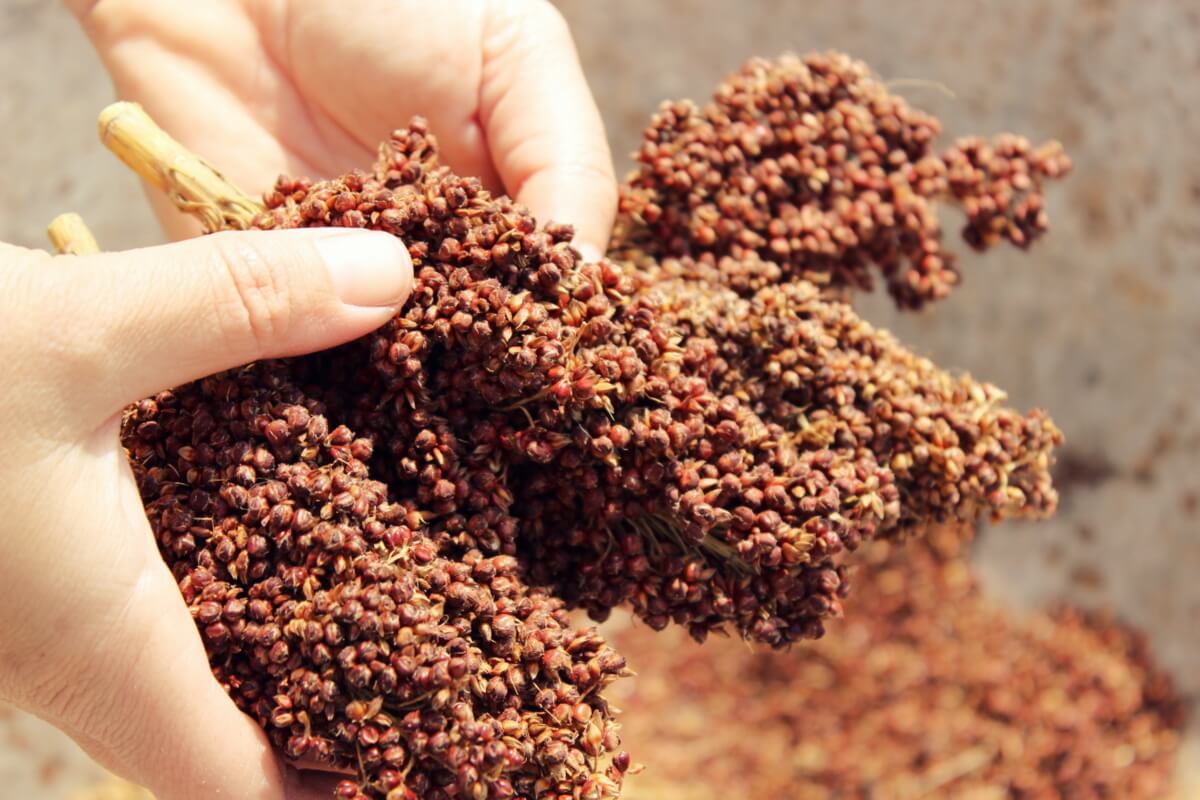
Instead of purchasing seeds at the store, you can oftentimes find or swap garden seeds at a seed exchange — which focuses on plants that can be grown regionally. At a local market, you can buy them by weight or a small cupful. It is a good sign when seeds can be collected and passed along — the power of a tiny seed is that it feeds us from year to year.
Heirloom and non-GMO seeds can also be purchased online from reliable growers.
Why You Should Choose Heirloom Seeds
Plants in nature always make their own seeds in hopes that they will drop to the ground, be carried off by the wind or by birds, and come to life again when the season is right. Saving your own heirloom seeds will save you money in the long run as you only have to buy them once. You can amass hundreds of seeds in one season, and share them with other gardeners to start a seed bank of your own.
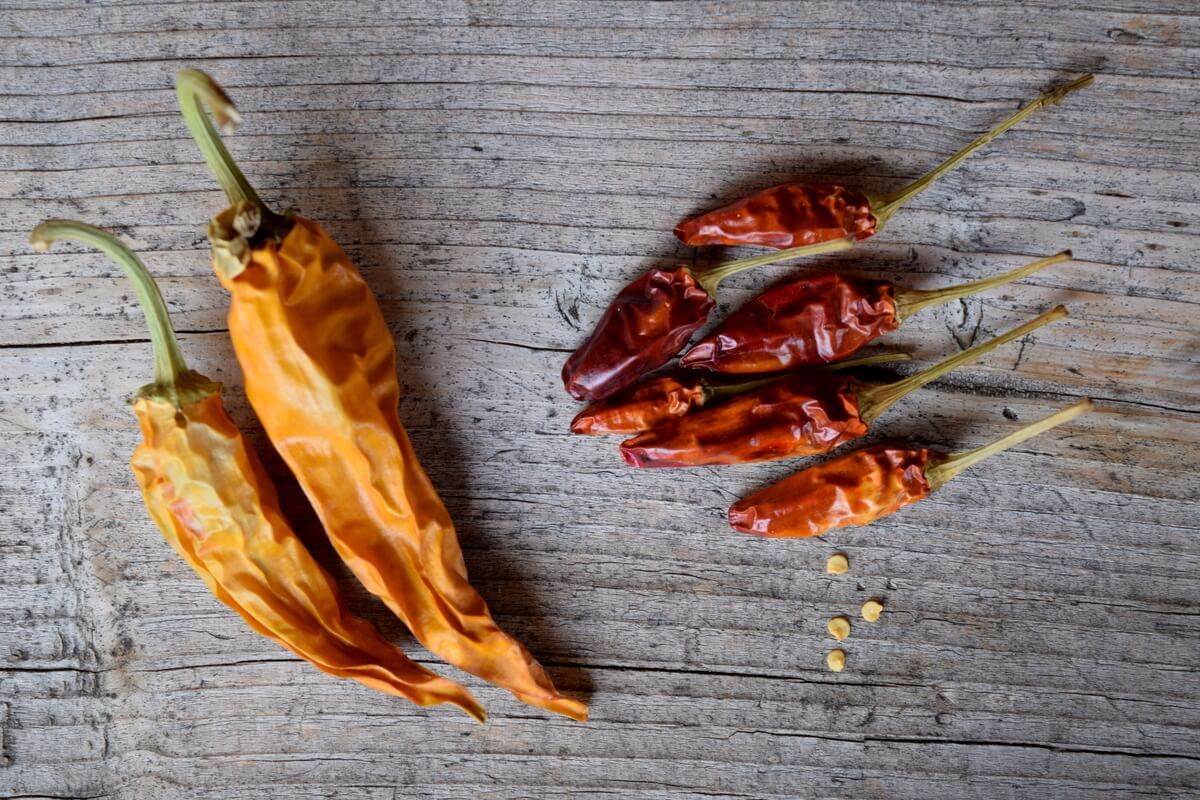
Saving heirloom seeds also preserves genetic diversity. In a world of abundance, diversity is king. In the past century, we have been slowly losing bountiful varieties of heirloom seeds, and we desperately need this genetic diversity to overcome plant diseases, drought, and climate change, as well as providing food security for ourselves. We must accept the decision to become self-reliant and self-sufficient, rather than relying on corporations to feed us in the future.
Related Post: Heirloom Seeds: What Are They?
Heirloom varieties will adapt to your unique soil and garden conditions. Seeds do well when they grow in similar environmental conditions from one year to the next. For example, if you order seeds from a company that doused the plants with water, they may not do so well in your arid garden. With open-pollinated heirloom varieties, you can learn how to select your own best seeds, and pick through them for certain desirable traits.
How To Save Garden Seeds
Sowing seeds is a satisfying process. Watching them germinate is a whole other feeling of success. Collecting them, however, is an enlightening experience. As you plant your garden and save your seeds, you will also want to take into consideration the effects of cross-pollination.
This can sometimes be a good thing as you will end up with color variations within the same crop. Other times you will want to preserve a specific trait, in which case, you may need to isolate crops either by increasing the planting distance or by using covers.
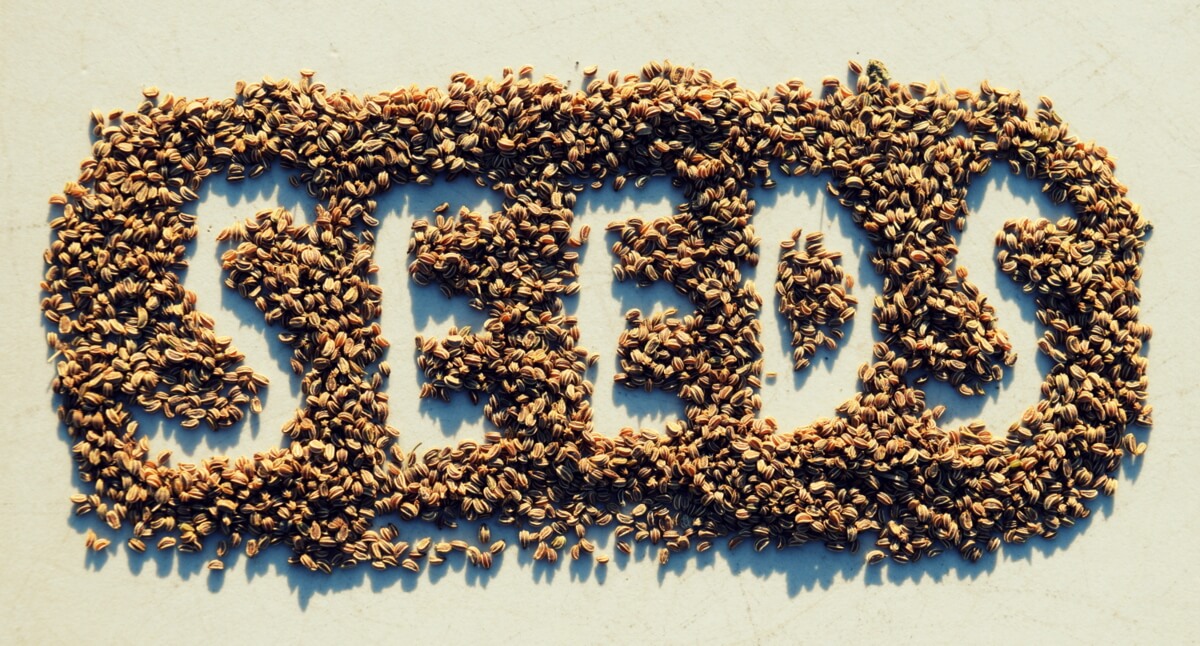
Entire books are dedicated to saving seeds, so for the specifics about herbs, flowers, and vegetables, dive into an encyclopedia and gather the knowledge for individual plants. In order to become an excellent seed saver, you’ll want to find out how long every seed is viable and the best ways to preserve their variety.
Related Post: Seed Companies
As the gardening season progresses, you will inevitably note that some plants are more vigorous than others. Those are the ones you will want to save. Mark the plant with a tie to remember which one it was, because as they age you may just forget!
When To Save Seeds
Seeds are collected when plants reach maturity, and this time will differ from plant to plant.
Wet Seeds
Seeds from tomatoes, squash, pumpkins, melons, and cucumbers are considered wet seeds and are best gathered when the fruit is overripe. Allow zucchini seeds to mature inside an almost inedible casing — watch for those prize-winning enormous ones!
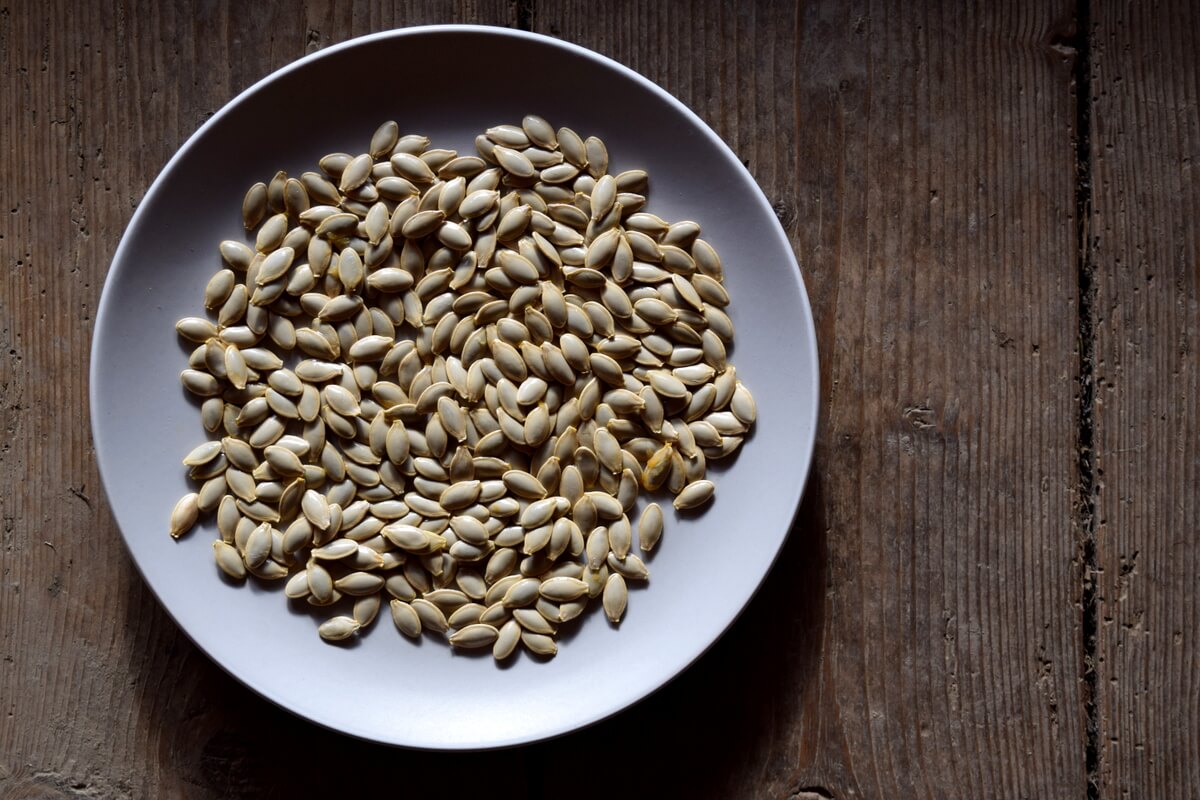
As for English and pickling cucumbers, they will need to be beyond the stage of eating, and almost to the point of turning yellow, for the seed to be totally mature. Leave it to sit an extra month in the garden and enjoy the sun before bringing it in to scrape out the seeds.
Related Post: Seed Saving: 5 Things I Never Knew
Tomato seeds are a special case; they can be fermented, dried on a paper towel, or buried. In this last case, let the tomato rot on the ground, or bury it an inch or two under the soil and cover it with mulch. Volunteer tomatoes will emerge the following spring, just like magic.
Dry Seeds
Dry seeds, on the other hand, are often from plants that form seedpods. This runs the gauntlet from dill to beans, peas, and poppies, to carrot seeds, calendula, and coriander. Experience in saving seeds will tell your fingers how much moisture should remain in the seed before you safely store it away. Let your intuition take charge as you think about the herbs in your spice rack.
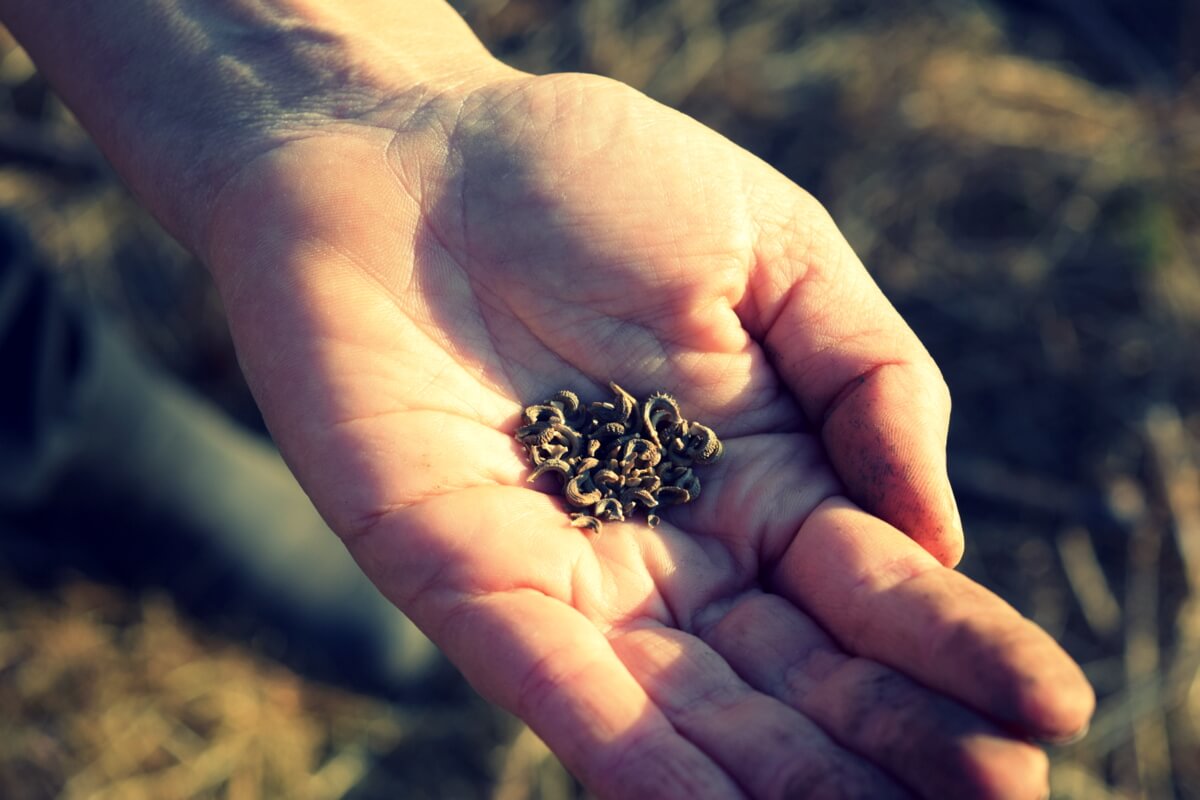
Are they rattly? Do they crumble between your fingers? Can you blow them from the palm of your hand? If so, they are ready to pick by hand. Just to be sure, you can then let them dry on a ceramic plate for a few days indoors and away from the sun.
Saving Garlic
Garlic should be a staple in your diet and in your pantry, and it is so easy to grow! If you want to save your own for planting the following growing season, all you have to do is dry it out and wait. It’s a little more complex than that, but the most important part is curing the garlic properly.
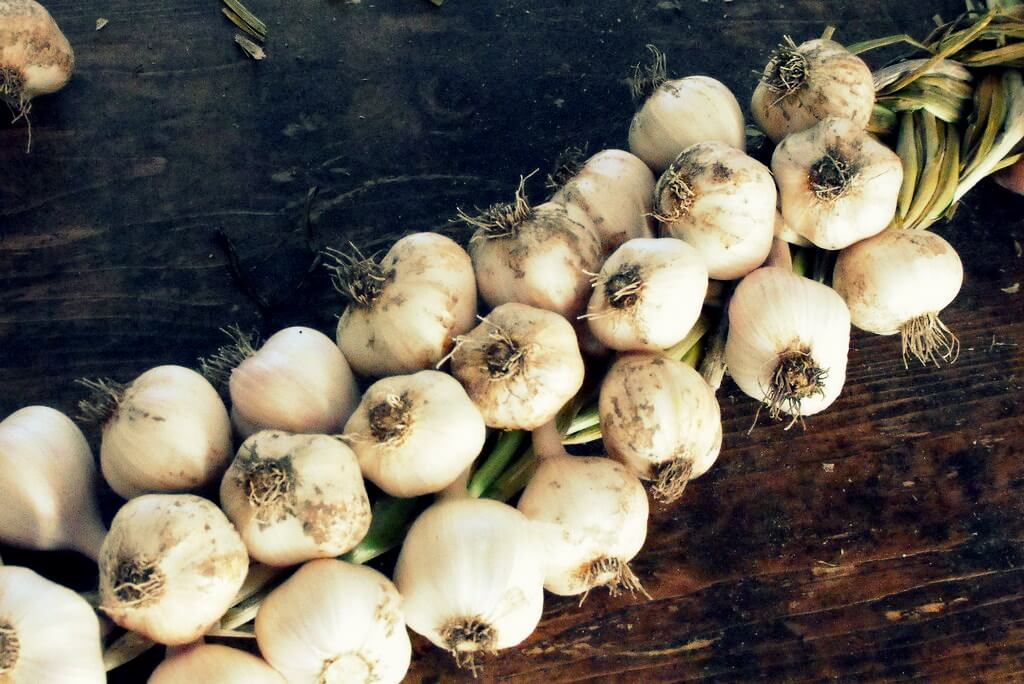
This means that storing garlic in a cool, airy place, away from both sun and rain is required. Entire heads can be dried out on a wire mesh, though we’ve had the most success with hanging it up to dry. Braid your softneck garlic and trim the roots. Leave it to hang in low temperatures (like those of a pantry) throughout the winter, and take a head for kitchen use when necessary.
How To Store Your Saved Seeds
Flowers are an essential part of any garden, big or small, because they provide habitat and food for beneficial insects. Seeds from flowers can often be stored as is. Remove the individual seeds only when you are ready to plant. Otherwise, they can be stored in a glass jar throughout the winter.
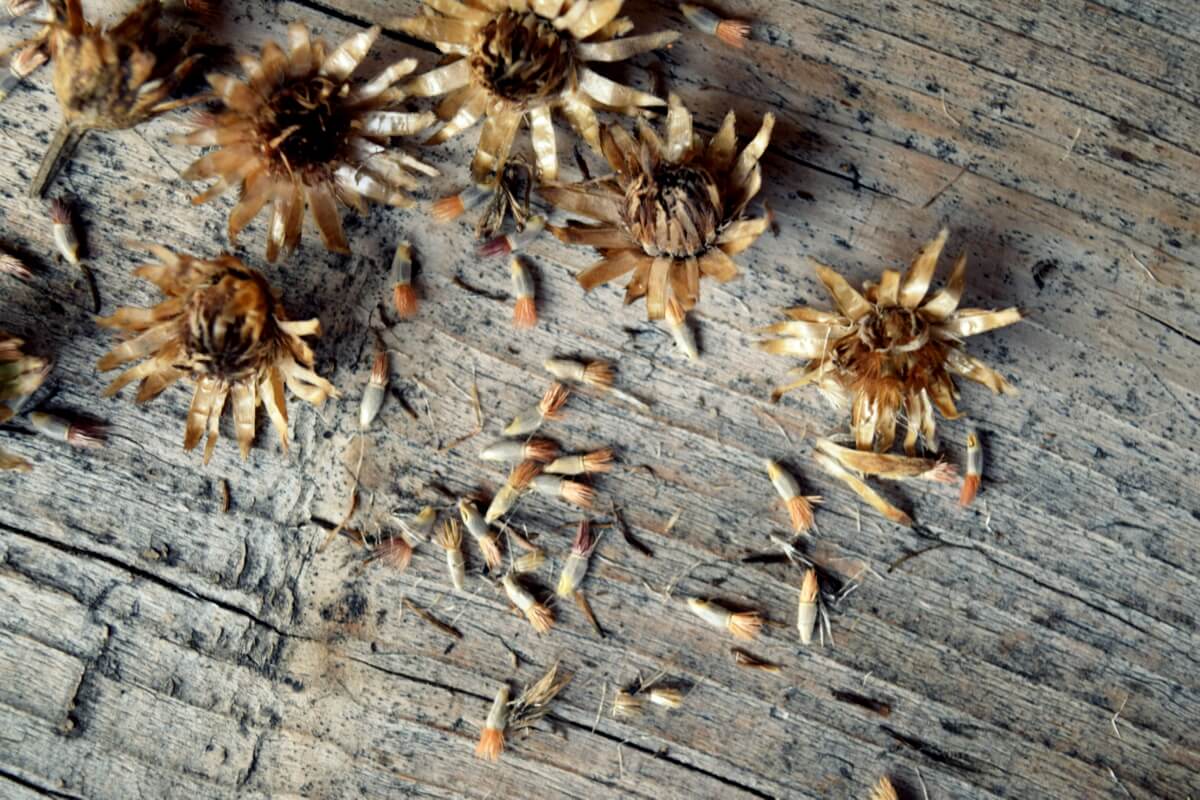
Keep your seeds in a cool, dark place with a fairly consistent temperature and their chances for survival are great. Always make sure that the seeds are sufficiently dry before storing. While they can be stored in the refrigerator (in an airtight container), it is best to respect nature’s way so long as the moisture levels do not fluctuate wildly.
Related Post: How To Dry Herbs From Your Garden
Find a pest-free spot in your homestead and store them in glass jars, cloth bags, or paper sachets, and remember as you’re doing it, you are engaging in a survival activity.
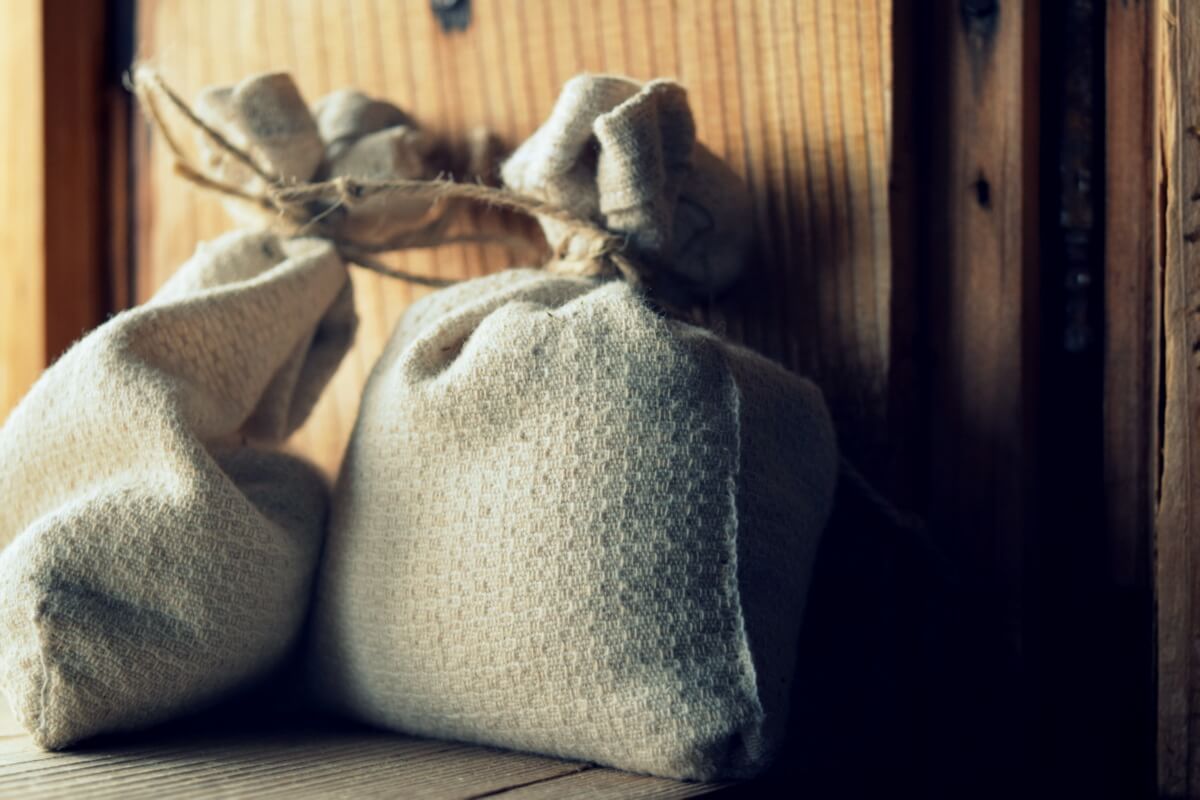
Make sure to label all seeds with the plant variety name and harvest date. While most seeds have a distinct shape, color, or smell, many look alike! Cabbages or kohlrabi, leek or onion — you can only tell the difference from the label until it starts to grow.
Seed saving experience comes with time, so challenge yourself to save more and more, season after season. It is worth every bit of effort that goes into it.
Saving seeds is fun and rewarding. Get growing, and start collecting and sharing the knowledge too!
Resources
Cheryl Magyar is an environmental freelance writer and sustainable life designer with a passion for growing food locally and organically — meat and vegetables alike. She lives with her husband and homeschooled daughter in the hills of northern Romania. Without a car, a fridge, or running water on their homestead, they have come to love the ways of old, and embrace sustainability. Read more of their stories and poems inspired by the environment at Forest Creek Meadows.


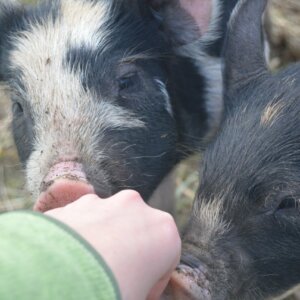

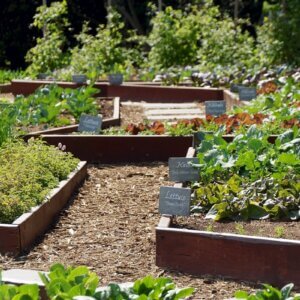


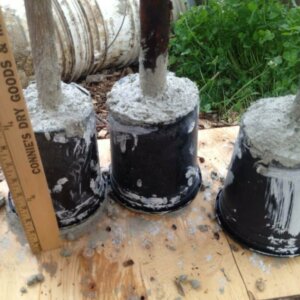
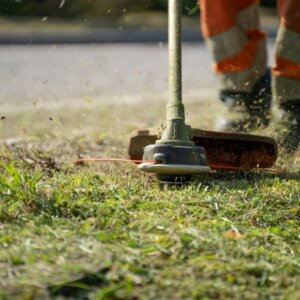


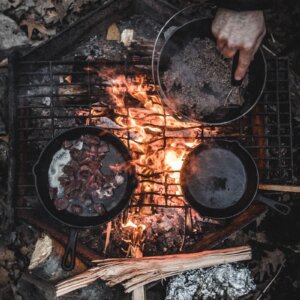

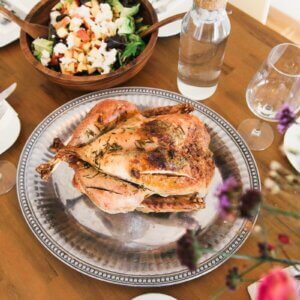
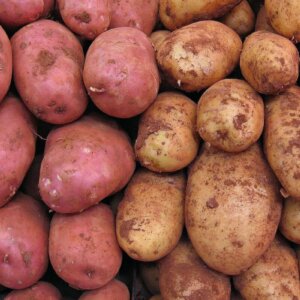

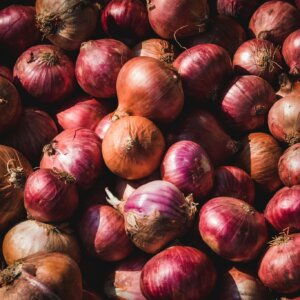
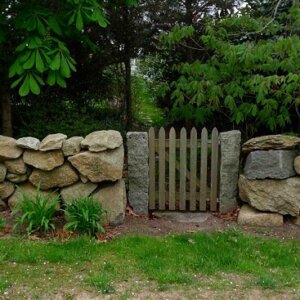
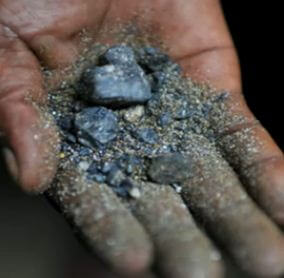
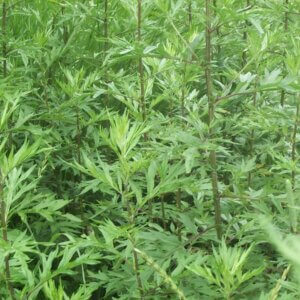
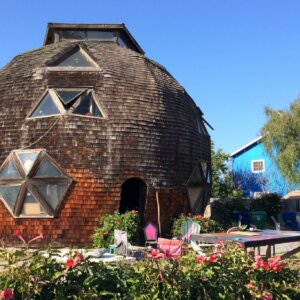

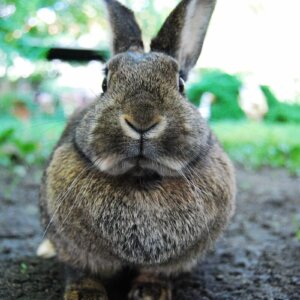
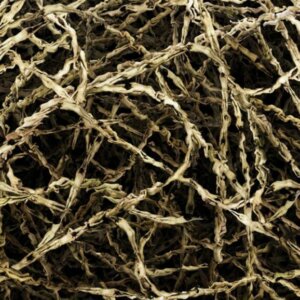


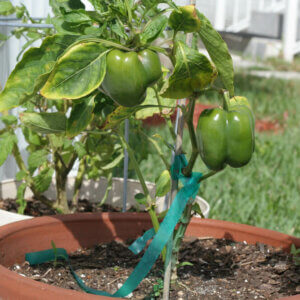
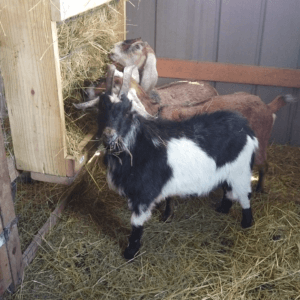
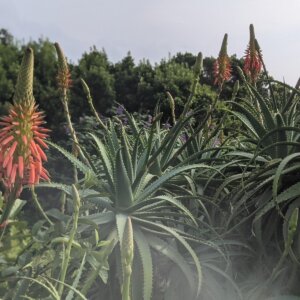

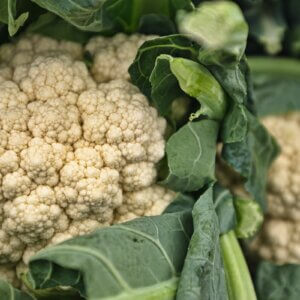


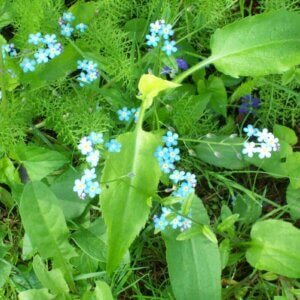




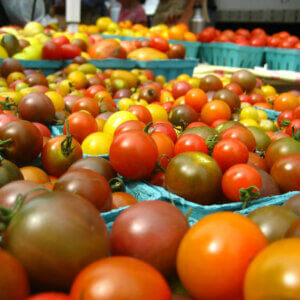
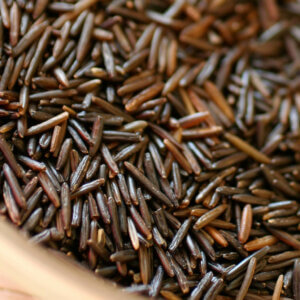
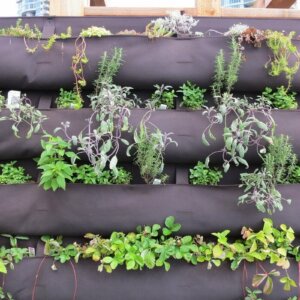

Leave a Reply